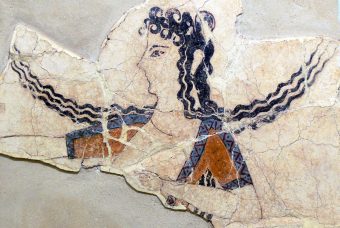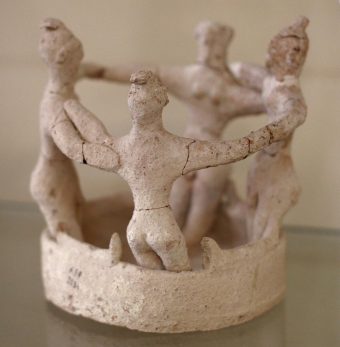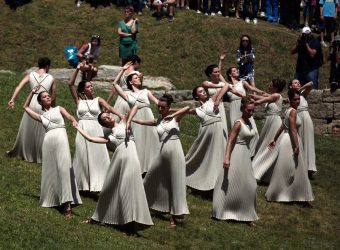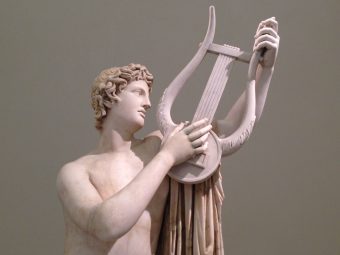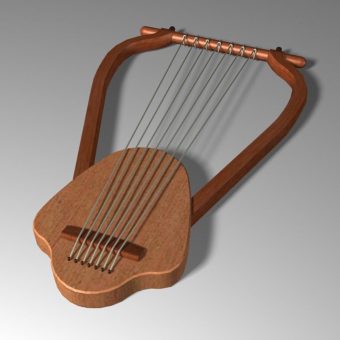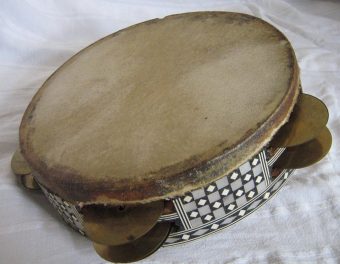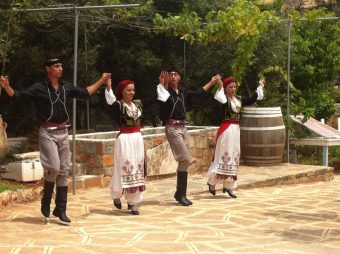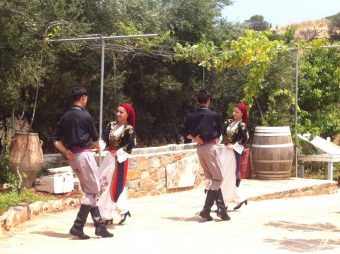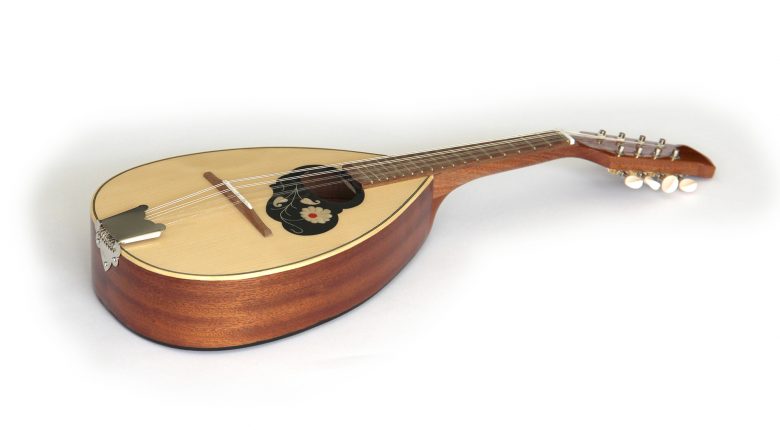Steps of Cretan Folk Dances
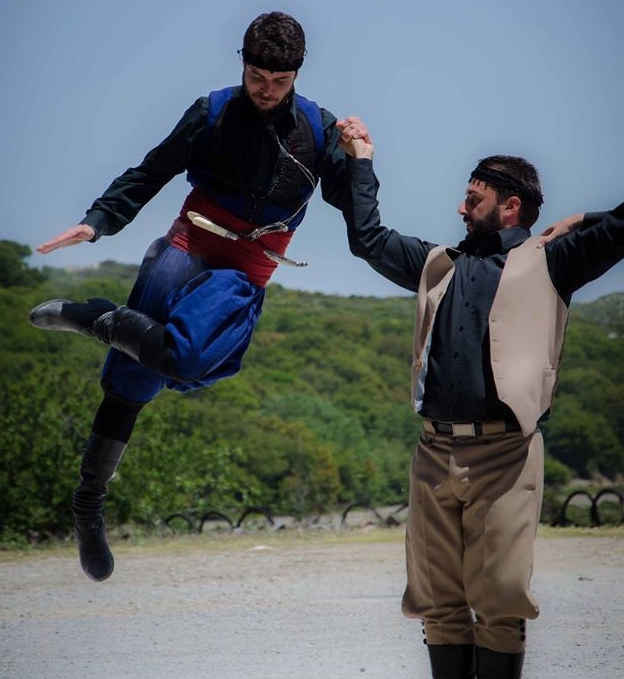
Learn how the steps of Cretan Folk Dances evolved from the past to the present. Cretans love to keep their ancient traditions alive. Find out how they channeled the Minoans and created new forms of dance steps.
This article aims to present you the evolution of Greek Dance through time.
Dance became an Art in Minoan Crete. The Cretans were the first to develop the Art of Dance and transmitted it to others. The war dance of the “Kourites” of Crete mentioned by Strabo, is said to have been the oldest dance of the world, while Homer mentions the dancing floor of “Ariadni of the lovely tresses” and the “Labyrinthical Dance” of Crete.
On Crete, the ancient writers put the origins of the ancient Greek “Pyrrhic” war dance, while Crete is also the birthplace of the Circular Dance performance.
Cretan Music
Cretan Music has an extended and lush melodic culture with profound roots in olden times. It is affected by the Minoan, Ancient Greek and Byzantine music and improved by the musical traditions of the eastern Mediterranean. Furthermore, during festivities local people and guests engage with the uncommon melodic culture of Crete. The island’s music is considered the liveliest in Greece. It keeps on advancing and it accepts inventive contemporary melodic elements and it has a unique way to communicate present–day reality.
Mantinades
The act of spontaneity is one of the qualities of Cretan musicians. Performers are not constrained to repeating songs, however, they embellish their playing with impromptu creations that accompany dancer, who immediately think up new moves. Mantinades, little sonnets, mirror the feelings of artists and express distress, love, and any emotion that emerges from the delicate Cretan soul. One of the most remarkable displays during a traditional Cretan festival is when at least two improvisers trade mantinades for a considerable length of time.
Cretan Folk Dances
Two well-known Cretan traditional dances are the Pentozalis and Siganos danced primarily by men. The Pentozalis is perplexed with quite a few variations making its fast steps even more complex. It tends to be blended with a moderate Pentozali known as the Siganos. The quick Pentozali is a conventional war dance that represents unrest, chivalry, trust, and the wearing of dark handkerchiefs on the head speaks to the losses Cretans made throughout its history. The slow dance of Siganos turned into a common dance during the Turkish occupation connoting solidarity and opportunity.
Sousta and Syrtos are the two most famous dances danced by both men and women. The Sousta is another quick and energetic dance that began in Rethymnon yet is presently observed all over Crete. Danced by both genders it is a contemporary variant of an antiquated warrior dance portraying experience in battle. Syrtos, communicates life, passing, love, and mystery with its steps. Finally, the lead dancer has a chance to perform increasingly impressive moves.
Cretan Lyre
The fundamental instrument of Cretan music, the Cretan lyre, first showed up in the seventeenth century. However, the lyre got well known in the eighteenth century. The underlying state of the instrument was marginally not quite the same as that of the cutting-edge lyre. Manolis Stagakis, from Rethymno designed it in 1940. The lyre, which looks like a pear, used to be joined by the “boulgari” and later by the “laouto“, the lute, which is still utilized today. Listen to the Video!
To Experience all about Minoan Dances and Cretan Music and Traditional Dances, the Tours below will strike a chord!
The Mysteries of the Cretan Born Zeus

